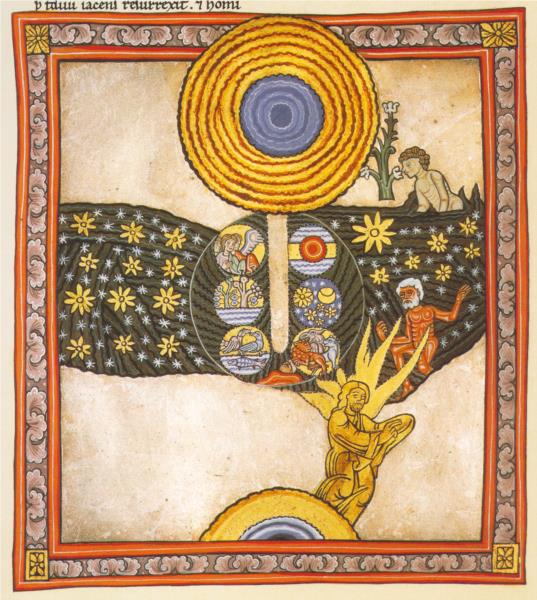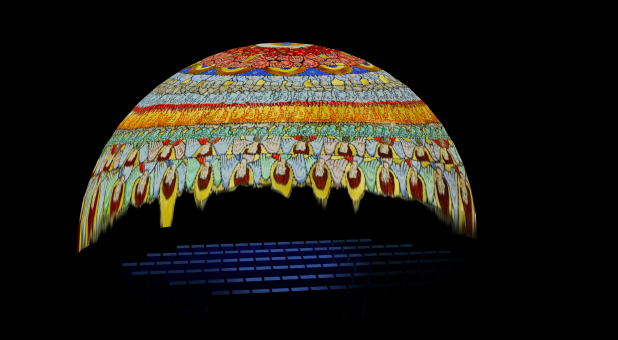Cosmos and Creation in the Twelfth Century: An Interpretation of Genesis 1
Monday, April 24, 5:30 PM: Margot Fassler at the Boston Museum of Science Planetarium
 Margot Fassler is a musicologist known for her innovative work at the intersection of music, liturgy, and theology in medieval European Christianity. Before taking up her current position in the departments of music and theology at Notre Dame, she taught for many years at the Institute for Sacred Music at Yale University, serving as director for ten years. Her most recent book, The Virgin of Chartres: Making History through Liturgy and the Arts (Yale University Press, 2011), is a prize-winning exploration of the intersections between liturgy, theology, and architecture at the famous Chartres Cathedral in France.
Margot Fassler is a musicologist known for her innovative work at the intersection of music, liturgy, and theology in medieval European Christianity. Before taking up her current position in the departments of music and theology at Notre Dame, she taught for many years at the Institute for Sacred Music at Yale University, serving as director for ten years. Her most recent book, The Virgin of Chartres: Making History through Liturgy and the Arts (Yale University Press, 2011), is a prize-winning exploration of the intersections between liturgy, theology, and architecture at the famous Chartres Cathedral in France.
Her newest work on Hildegard of Bingen, supported by a Guggenheim and an ACLS Digital Innovation Fellowship, explores the way that liturgy, theology, music, drama, and the visual arts work together. Fassler has worked with digital artist Christian Jara and the planetarium staff at the University of Notre Dame to develop a digital model of Hildegard’s complex visualization of creation. This model of the universe, based on Hildegard’s treatise Scivias, is a full-dome digital presentation with music, created by Christian Jara and Margot Fassler, with a soundtrack by musicians from the Notre Dame Program in Sacred Music based on chants by Hildegard relating to her vision of the cosmos as it was created and spins in time toward its end.
Hildegard of Bingen (1098-1179) was a German nun, a prophet who wrote theological treatises, biblical commentary, nearly 400 letters, poetry and drama; she composed music, and designed art works. She was a scientist too, and had great interest in the cosmos, its creation, and its meanings as a work of divine inspiration. To display this work Fassler and Jara constructed a model depicting stages of the “Cosmic Egg,” from Hildegard’s description of a big bang within a dark chaos to a spinning and fully zoomable globe that grows through six days of development, enhanced by music composed by Hildegard as a companion to the text/illustration.
